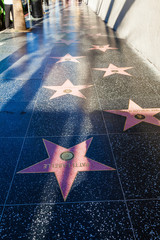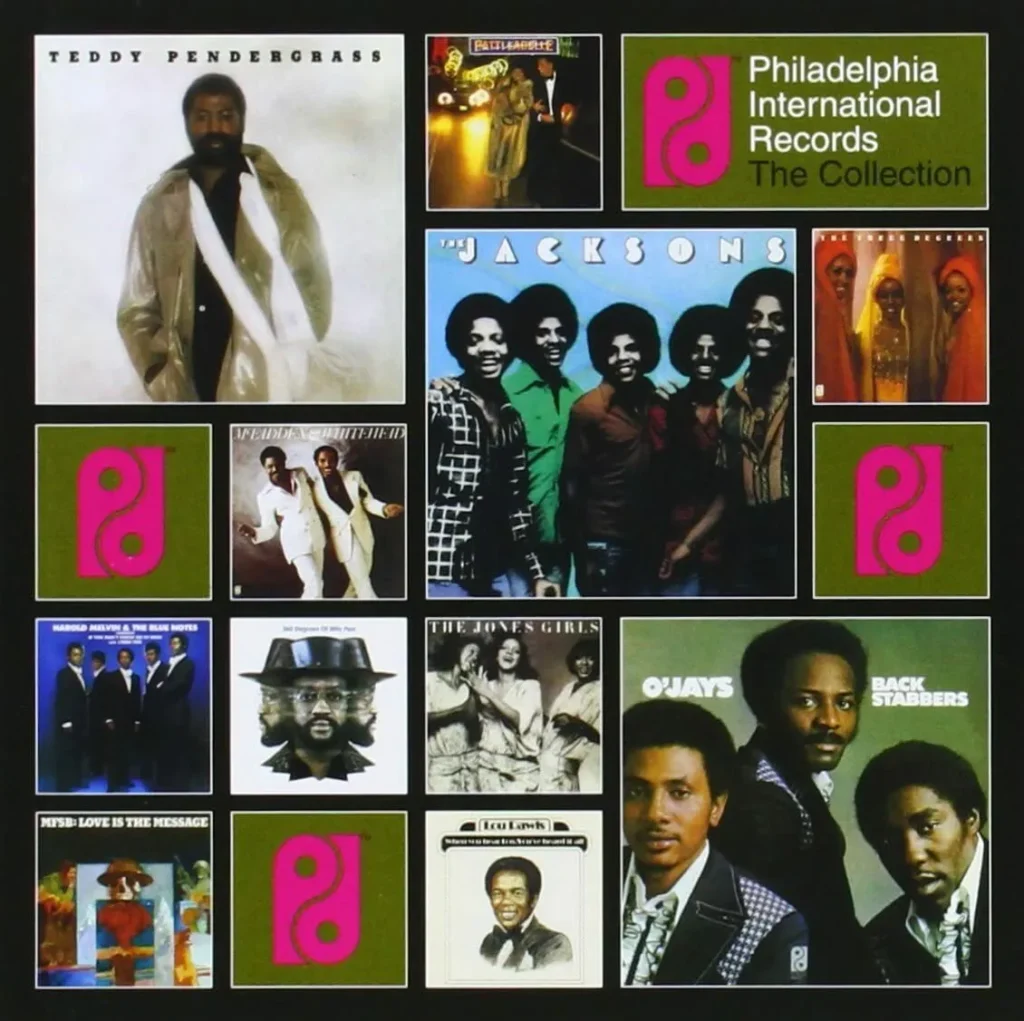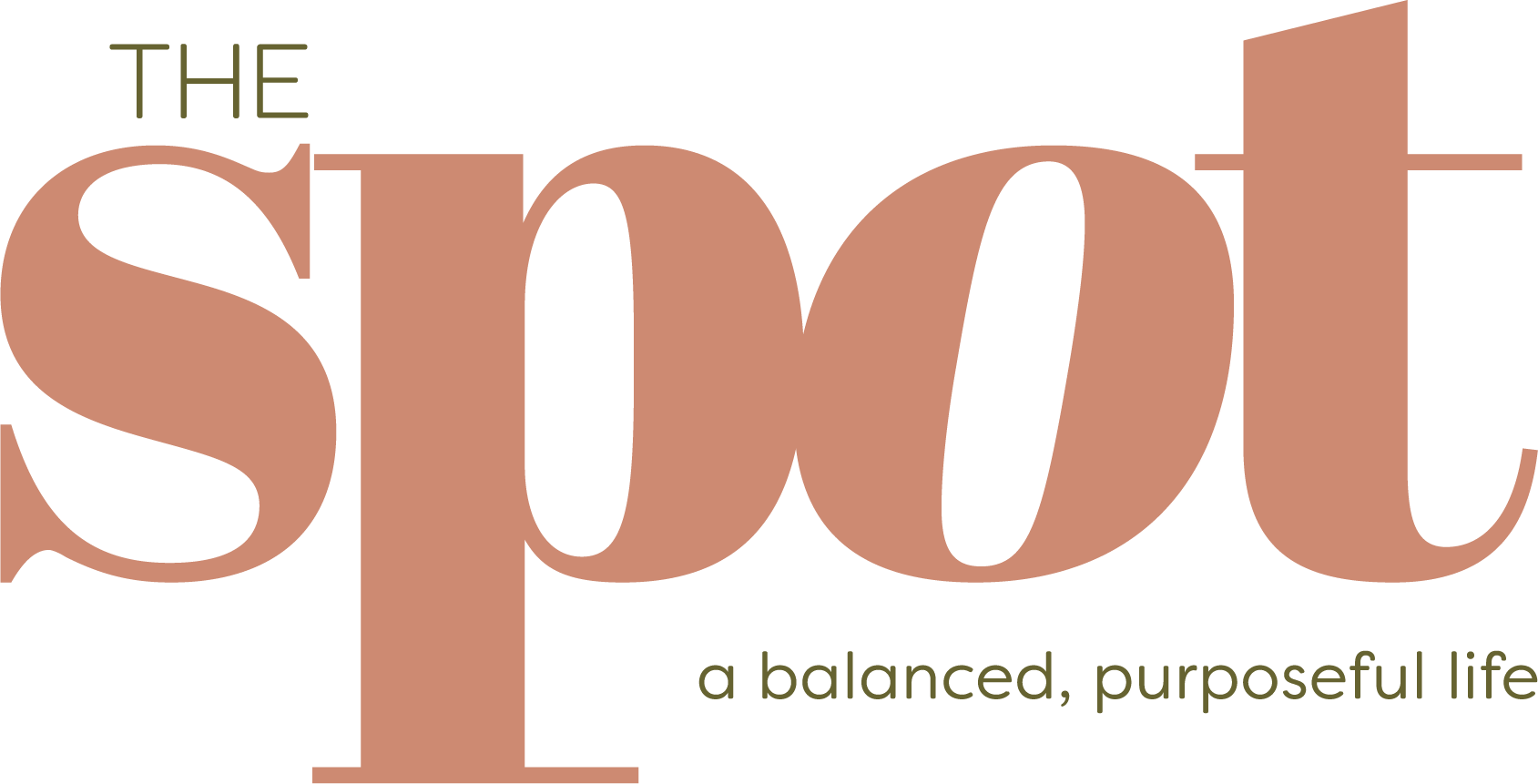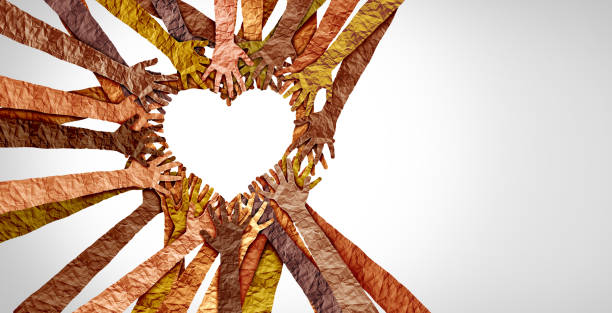Philadelphia is a city of firsts. The first hospital, the first lending library, the first African Methodist Episcopal Church, the first art museum, the first women’s medical college and if you can believe it, much more. As we celebrate Black History Month, we journey into discovery, history, and impact of many of our celebrated figures. As we continue learning stories through art, writings, and music, we discover the lasting impact of diverse cultures throughout our city and beyond.
Mother Bethel African Methodist Episcopal (A.M.E) Church is one of the more significant and noted congregations in the country. The existence of the church leads to its founder, Richard Allen. Allen was formerly enslaved by a Philadelphia attorney, and eventually sold to a farmer in Delaware. Richard was influenced by traveling Methodists to preach the word and at the age of 20, bought his freedom. For several years, Allen supported himself with labor jobs. After purchasing a parcel of land on 6th and Lombard Streets, the ground was dedicated on July 29th, 1794. It is the oldest African Methodist Episcopal congregation in the nation. The church’s archives are a treasure trove of historical documents, books, and visitor logs. Mother Bethel A.M.E Church still stands and remains active today. Richard and his wife Sarah are buried on site.

Marian Anderson, born in Philadelphia in 1897, rose to the greatest heights in the opera world because of her gifted voice. In 1925, she entered a contest along with 300 other contestants. She won first prize and performed with the New York City Philharmonic Orchestra. She went on to highly successful tours throughout Europe during the 1930s. She performed in front of world leaders, kings, queens, and diplomats. Despite her great success, some doors were closed to Marian due to her race. In one instance, she attempted to rent a concert facility in Washington, D.C however was denied. Drawing widespread protest including Eleanor Roosevelt, Marian ultimately performed at Lincoln Memorial in January 1955. She drew over 75,000 people and was given a standing ovation. In the coming years, Ms. Anderson was a recipient of numerous awards,medals, and honorary degrees. A few include the Presidential of Freedom and Grammy Lifetime Achievement Awards. Today, the home purchased by Marian in 1924 at 762 South Martin Street, was deemed a historical landmark. The home operates as The Marian Anderson Residence Museum.
The Sound of Philadelphia was not only a musical era but a movement. Kenny Gamble and Leon Huff, have solidified their place in music history as songwriters and producers. Furthermore, their black owned label, Philadelphia International Records spurned hit after hit throughout the 1970s and beyond. Artists such as the O’Jays, Teddy Pendergrass, and Patti LaBelle reverberated from Broad Street to around the world. Songs like “Message in our Music” and “Wake Up Everybody” embodied musical expressions of community and activism with danceable beats. In addition to a thriving music scene, Gamble and Huff thrived as successful businessmen not only owning the label, but owning the publishing rights and masters.
Today, TSOP or Philly Soul, has influenced recording acts around the world. Current performers such as Justin Timberlake and Boyz II Men have directly cited the Philly Sound as being a major influence to their music. The actual recording studio no longer exists however all one has to do is walk along the Philadelphia Music Alliance Walk of Fame along Broad and Walnut Streets to view our treasured artists and their impact.
Lawnside, NJ has the denomination of becoming the first independent self-governing African American municipality in the northern U.S. Peter Mott was a minister and self made man who offered their home as a stop for the Underground Railroad. As a prosperous property owner, his land oftentimes provided a safe haven to enslaved escapees. Today, his home stands as a museum. Historical documents show the importance of the site and town as many in the community worked together as freedom fighters or to do their part in assisting those to freedom.
To really experience the rich tapestry of our culture here in the Greater Philadelphia region, visiting and walking tours really put us in the space of time of our African American brothers and sisters. It is the buildings, art, and music that tell stories that we are not always able to see or hear at face value. We continue to journey to discovery with rich and authentic narratives.




